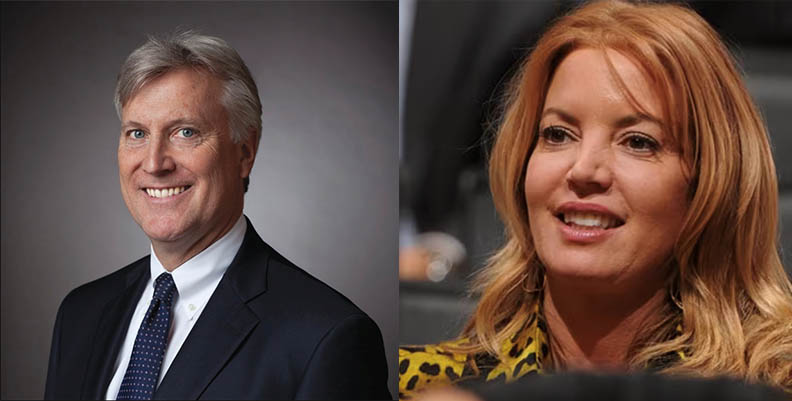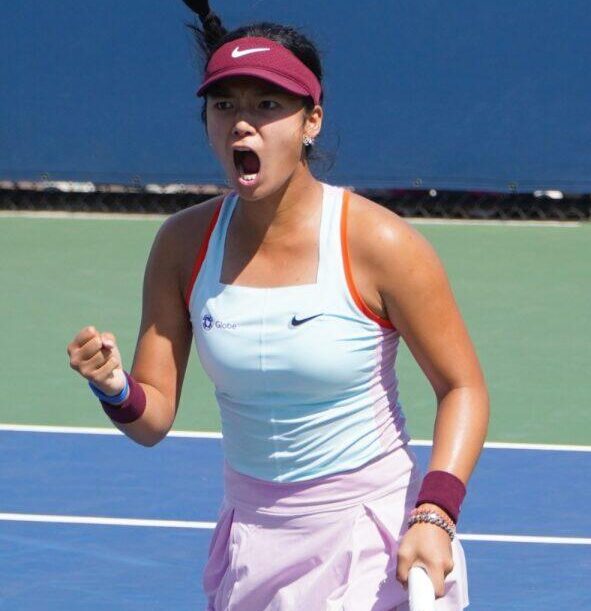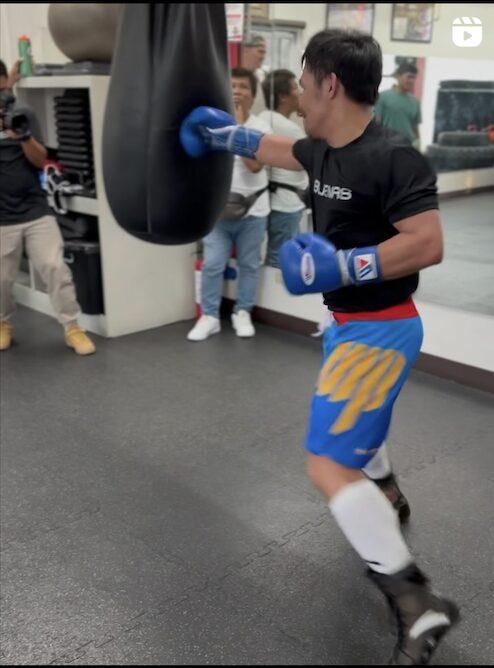Offense
Quarterback: The leader of the team who calls the plays, is the primary passer and ball handler, and receives the ball from the center. He then passes the ball to a running back, throws it to a receiver, and occasionally runs the ball.
Center: The innermost lineman on the offensive line who snaps (or passes between the legs) the ball to the quarterback at the beginning of every play. He also handles the ball on each play.
Wide Receiver: Typically the team’s fastest receiver (pass catcher). Teams will use two or four of these players on each play. Wide receievers are positioned seven yards from the interior linemen. They use their speed to catch the football and evade the defense.
Left Tackle and Right Tackle: The outer two players on the offensive line who must shield the ball carrier from defenders.
Left Guard and Right Guard: The inner two players on the offensive line who are responsible for protecting the quarterback on players who carry the ball.
Running Back: A player whose job is to receive the ball from the quarterback, catch passes from the backfield and run with the ball. Running backs make physical contact in almost every down. There are typically one to two running backs on the field during a play, and may be referred to as a fullback or halfback.
Tight End: The player stationed next to the offensive tackle who has the responsibilities of an offensive lineman and wide receiver receiver, although a tight end is bigger and stronger than most receivers.
Defense
Cornerback: A player who is positioned on the wider ends of the field. Cornerbacks are among the fastest players on the field and are responsible for defending against offensive passes and making tackles.
Defensive End: The two outer players in the defensive line who are two of the largest members on the defensive team whose jobs are to penetrate offensive blocking and together tackle the quarterback or whoever is carrying the ball. During running plays, defensive ends are responsible for forcing the ball carrier out of bounds or toward other defensive playeres.
Safety: Safeties are the last line of defense and must tackle bigger runners, but also possess the speed to catch the ball from fast receivers.
Defensive Tackle: The inner two members of the defensive line who are two of the biggest men on the defensive team. Their jobs are to stop the running attack and get to the passer. They are allowed to use their hands against blockers.
Linebacker: A linebacker is considered among the team’s best tacklers. Teams typically have three to four linebackers per play. They line up behind the defensive linemen and are responsible for pursuing running plays and preventing passes.
Nose Guard: The most interior defensive tackle whose name is derived from the fact this player sometimes lines up directly across from the ball, putting him nearly nose-to-nose with the offensive team’s center. (Agnes Constante/AJPress)
Back To Top






